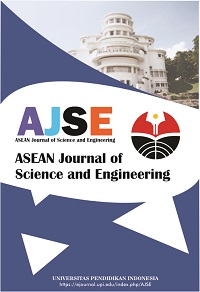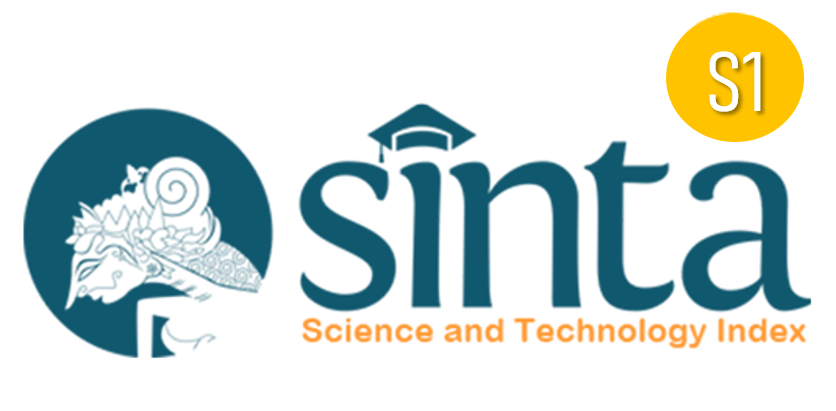Understanding of Collective Decision-Making in Natural Swarms System, Applications and Challenges
Abstract
Keywords
Full Text:
PDFReferences
Bernstein, D. S., Givan, R., Immerman, N., and Zilberstein, S. (2002). The complexity of decentralized control of Markov decision processes. Mathematics of operations research, 27(4), 819-840.
Cortes, J., Martinez, S., Karatas, T., and Bullo, F. (2004). Coverage control for mobile sensing networks. IEEE Transactions on robotics and Automation, 20(2), 243-255.
Dorigo, M., Birattari, M., and Stutzle, T. (2006). Ant colony optimization. IEEE computational intelligence magazine, 1(4), 28-39.
Dudek, G., Jenkin, M. R., Milios, E., and Wilkes, D. (1996). A taxonomy for multi-agent robotics. Autonomous Robots, 3(4), 375-397.
Gomes, J., Urbano, P., and Christensen, A. L. (2013). Evolution of swarm robotics systems with novelty search. Swarm Intelligence, 7(2), 115-144.
Krause, J., Ruxton, G. D., and Krause, S. (2010). Swarm intelligence in animals and humans. Trends in ecology & evolution, 25(1), 28-34.
Krause, S., James, R., Faria, J. J., Ruxton, G. D., and Krause, J. (2011). Swarm intelligence in humans: Diversity can trump ability. Animal Behaviour, 81(5), 941-948.
Lorenz, J., Rauhut, H., Schweitzer, F., & Helbing, D. (2011). How social influence can undermine the wisdom of crowd effect. Proceedings of the National Academy of Sciences, 108(22), 9020-9025.
Martinoli, A., Easton, K., and Agassounon, W. (2004). Modeling swarm robotic systems: A case study in collaborative distributed manipulation. The International Journal of Robotics Research, 23(4-5), 415-436.
O’Bryan, L., Beier, M., and Salas, E. (2020). How approaches to animal swarm intelligence can improve the study of collective intelligence in human teams. Journal of Intelligence, 8(1), 9.
Prasetyo, J., De Masi, G., and Ferrante, E. (2019). Collective decision making in dynamic environments. Swarm Intelligence, 13(3), 217-243.
Woolley, A. W., Chabris, C. F., Pentland, A., Hashmi, N., and Malone, T. W. (2010). Evidence for a collective intelligence factor in the performance of human groups. Science, 330(6004), 686-688.
Yang, S., Li, M., and Wu, J. (2007). Scan-based movement-assisted sensor deployment methods in wireless sensor networks. IEEE Transactions on Parallel and Distributed Systems, 18(8), 1108-1121.
DOI: https://doi.org/10.17509/ajse.v1i3.39637
Refbacks
- There are currently no refbacks.
Copyright (c) 1970 Universitas Pendidikan Indonesia

This work is licensed under a Creative Commons Attribution-ShareAlike 4.0 International License.












